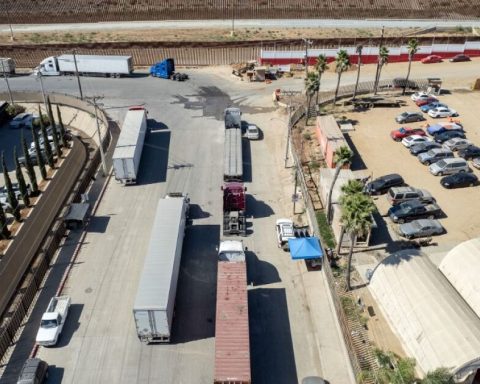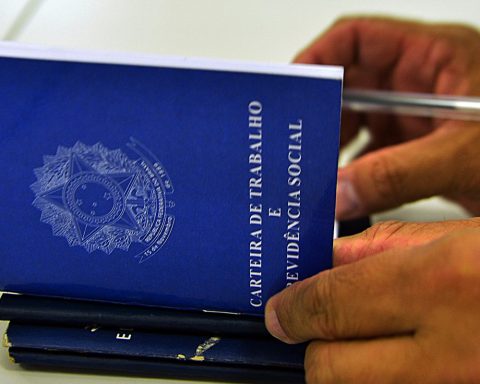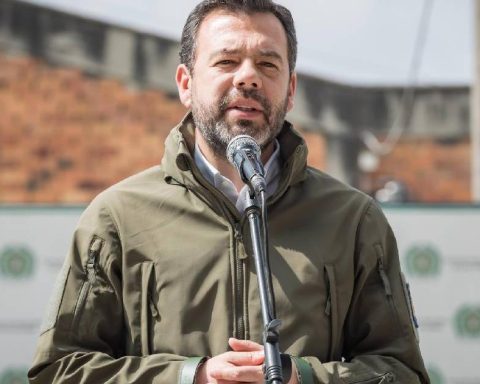Luz Romano specifies that an approximate investment of 10,000 million pesos (mp) for the proper functioning of the ETC, since it is a program with a national scheme.
“That is why it is up to the federation to comply with it, and when the deputies approved the budget for this year, they said ‘The School is Ours,’ it must have a budget to attend schools full time. For the amount that is needed, We consider that in the medium and long term the states will not be able to sustain the maintenance of the ETC”, he warns.
To this is added, adds Romano, the inequality between the states that can afford the expense and those that cannot. In the first case, for example, there are Baja California (where there are 503 schools), Mexico City (500 schools), the State of Mexico (1,300) and Chihuahua (804).
While those that have not spoken out in favor of maintaining the ETCs are precisely those with the largest number of beneficiaries, such as Chiapas, which had 1,817 schools with extended hours; Durango, with 1,002; Jalisco, with 915 (nine schools are still in operation thanks to protections); Oaxaca has 906; Sinaloa, with 1,030; Veracruz, with 1,061, and Zacatecas, 915.
“These are states that are not pronounced and that have the largest number of schools. If these entities do not continue with the extended hours, there will be a serious learning gap with the children of the states that are doing so,” explains Luz Romano. .















